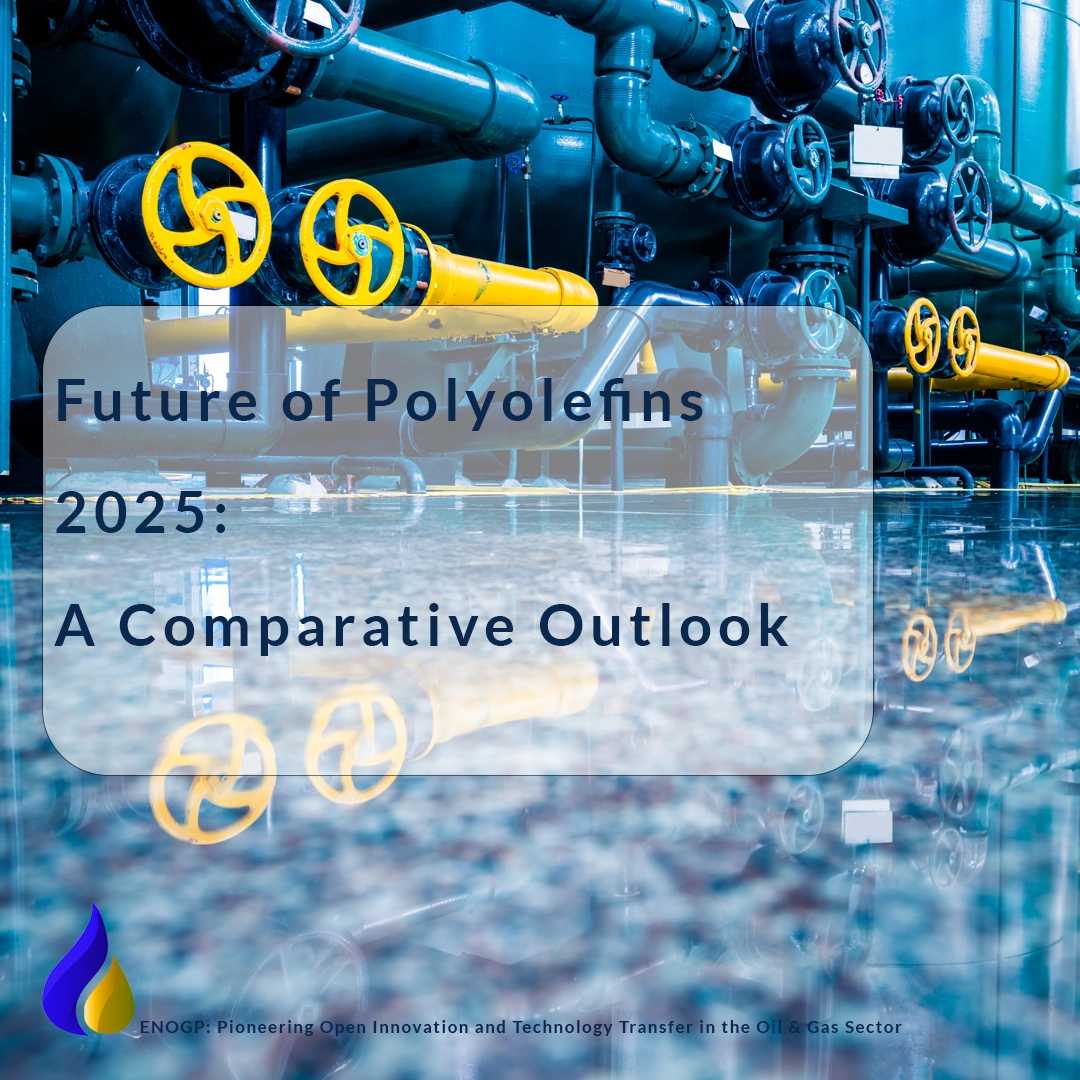Polystyrene, a widely used thermoplastic polymer, has played a significant role in the modern materials industry for decades. Its lightweight nature, excellent insulation properties, and low cost have made it a favorite in packaging, construction, electronics, and more. However, environmental concerns and emerging regulations are reshaping the trajectory of this versatile material. In this article, we explore the future of polystyrene, examine its pros and cons, assess its environmental footprint, and consider the broader implications for the polymer industry.
What Is Polystyrene?
Polystyrene is a synthetic aromatic hydrocarbon polymer made from the monomer styrene. It exists in both solid and foam forms and is widely used in consumer products. Common examples include disposable cutlery, CD cases, insulation panels, and food containers. Expanded Polystyrene (EPS), often referred to as Styrofoam, is especially popular for its shock absorption and thermal insulation properties.
Pros and Cons of Polystyrene
Advantages of Polystyrene
- Lightweight and durable: Ideal for packaging and transportation.
- Excellent insulator: Used extensively in construction and refrigeration.
- Cost-effective: One of the most affordable plastic materials.
- Moldable and versatile: Easily shaped into a variety of products.
Disadvantages of Polystyrene
- Non-biodegradable: Takes hundreds of years to decompose.
- Pollution contributor: Often found in marine debris.
- Health concerns: Potential leaching of styrene into food.
- Difficult to recycle: Low recycling rates and contamination issues.
Is Polystyrene Bad for the Environment?
Polystyrene has been heavily criticized for its environmental impact. While technically recyclable, infrastructure for recycling polystyrene is limited. In landfills and oceans, it breaks down into microplastics that pose a threat to wildlife. The production process also involves the use of fossil fuels and emits greenhouse gases. As environmental consciousness grows, regulatory bans and public pressure are pushing industries to find alternatives.
The Future of Styrofoam and Sustainable Alternatives
The future of Styrofoam is uncertain. Many cities and countries have implemented bans on EPS products due to their environmental footprint. Companies are now investing in biodegradable foams made from plant-based sources like cornstarch and mushrooms. Innovations such as PLA (polylactic acid) and mycelium-based packaging are gaining traction. These alternatives aim to maintain the benefits of polystyrene while addressing its ecological shortcomings.
The Future of Polystyrene: Innovation and Adaptation
Despite environmental concerns, polystyrene is not disappearing anytime soon. Instead, the industry is evolving. Chemical recycling methods like pyrolysis and depolymerization are showing promise in converting polystyrene waste into usable resources. Additionally, new formulations are being developed to make polystyrene more environmentally friendly. The key lies in a circular economy approach—designing products for reuse, recycling, and minimal waste.
Emerging Policies and the Future of Polystyrene
Governments around the world are adopting stricter regulations to reduce plastic pollution, and these policies are directly influencing the future of polystyrene. From packaging bans to extended producer responsibility laws, these initiatives are pushing manufacturers to rethink their use of traditional materials. As compliance becomes more demanding, the future of polystyrene may depend on how quickly companies can adapt to evolving environmental standards.
Consumer Behavior and the Future of Polystyrene
Public awareness and consumer pressure also play a significant role in shaping the future of polystyrene. Eco-conscious customers increasingly prefer recyclable or compostable packaging, forcing brands to innovate. If polystyrene manufacturers fail to meet these expectations, the future of polystyrene in consumer-facing industries could be at risk.
Polystyrene Products in a Changing Market
As regulations tighten and consumer preferences shift, polystyrene products are being reevaluated. Brands that rely on polystyrene are either seeking eco-friendly alternatives or investing in cleaner production methods. Packaging companies, in particular, are under pressure to innovate. The construction industry is also exploring hybrid materials that retain the insulation properties of polystyrene while reducing its carbon footprint.
Future of Polyolefins 2025: A Comparative Outlook
Polyolefins like polyethylene and polypropylene are also experiencing a transformation. Compared to polystyrene, these polymers are more widely recycled and considered less toxic. By 2025, industry analysts predict increased competition between polystyrene and polyolefins in various applications. Advancements in compatibilizers and additive technologies may further enhance the performance and recyclability of both materials.
Future of the Polymer Industry
The polymer industry as a whole is moving toward sustainability, digitalization, and innovation. Circular economy models, smart materials, and bio-based polymers are at the forefront. Regulatory frameworks such as the EU’s Green Deal and the U.S. Plastics Pact are guiding companies toward greener practices. Polystyrene’s future will depend on how well it can align with these emerging industry trends.
Conclusion
The future of polystyrene hinges on a delicate balance between its practical advantages and environmental responsibilities. While challenges remain, innovation and regulatory support offer a path forward. From chemical recycling to alternative materials, the journey of polystyrene is emblematic of the broader transformation in the polymer industry. Stakeholders across sectors must collaborate to ensure that polystyrene, if it continues to be used, evolves into a material that aligns with a sustainable future.





